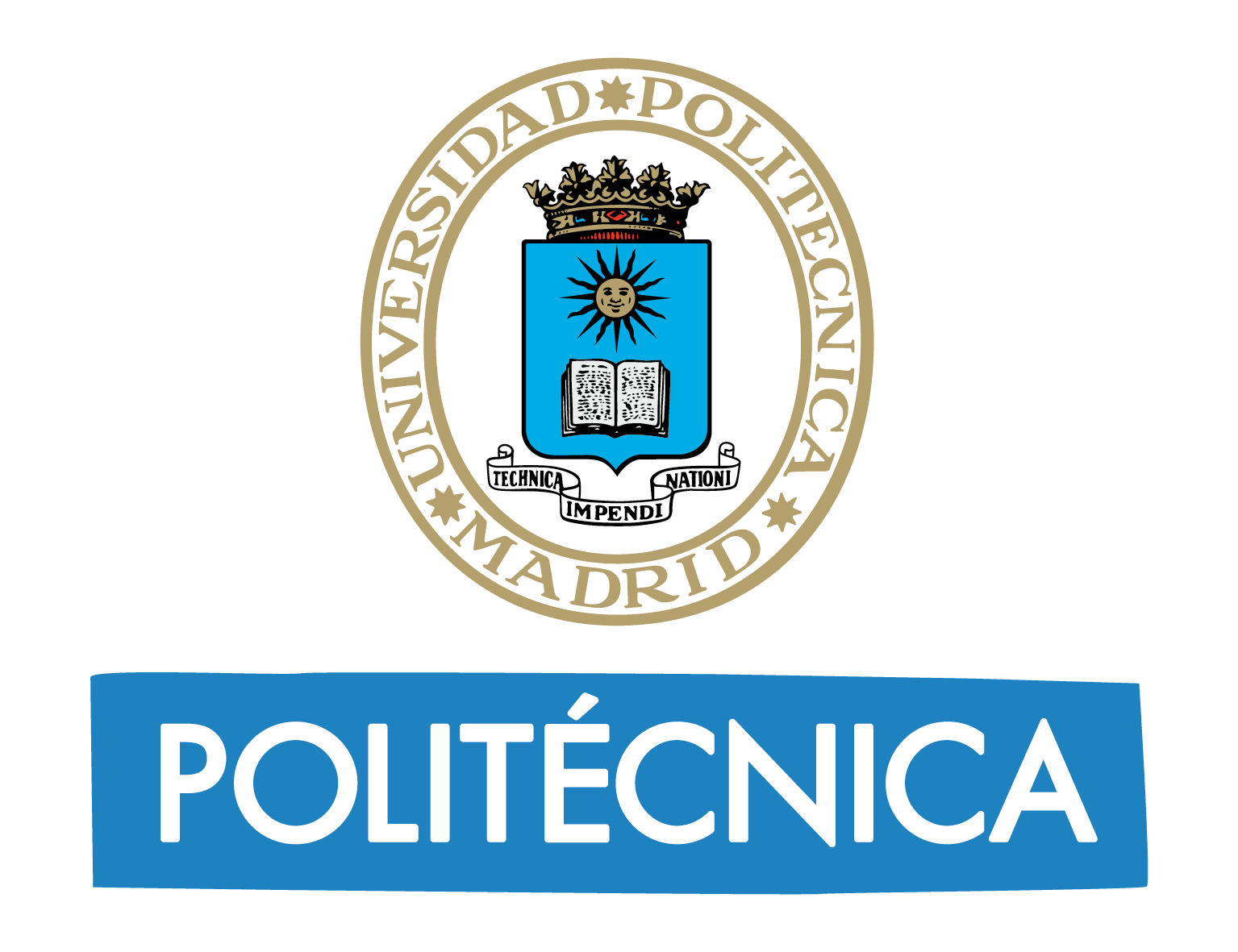New tool to identify endangered ecosystems
A team of researchers from Universidad Politécnica de Madrid, University Centre for Digital Art and Technology and Universidad Francisco de Vitoria has developed a new tool of visualization of bipartite biological networks, like the visualization between pollinators and plants or between diseases and genes, which identify their interactions and anticipate corrective measures.
BipartGraph is a data visualization tool that allows researchers to predict what fauna and flora species are endangered, establishing corrective measures and predicting the consequences of the variations suffered in the natural ecosystems in each country.
This tool was developed by a team of researchers formed by Javier García Algarra, from Centre for Digital Art and Technology; Javier Galeano and Juan Manuel Pastor, researchers from the group of Complex System at Universidad Politécnica de Madrid and Mary Luz Mouronte, a professor at Universidad Francisco de Vitoria.
This tool is very useful for ecologists that require more visual and numerical results of ecological interactions. Thus, the user can, for example, identify the plant species threatened by the disappearance of pollinators. This task is very relevant since there are dozens of species and hundreds of interactions.
 The importance of the species is related to the position they occupy in the network, that is, the disappearance of the main species can provoke a tragic effect called “cascade effect” that would lead to the disappearance of both the plant and its pollinators.
The importance of the species is related to the position they occupy in the network, that is, the disappearance of the main species can provoke a tragic effect called “cascade effect” that would lead to the disappearance of both the plant and its pollinators.
This work included the design and development of two new types of visualization using the graph theory. Firstly, Polar Plot that works reducing the information of new magnitudes in just one graphic. Secondly, Ziggurat Plot that provides a better vision of the connectivity thanks to a spatial grouping.
Ecologists from diverse groups of researchers are already using this free software that helps identify endangered species caused by diverse factors: climate change, water stress or displacement of their habitats by human pressure. This software can also be used in other areas of research such as biotechnology by studying the networks among hereditary diseases and genes that cause them.
This open source software is freely available for the entire scientific community and any other potential user. Researchers used the “R” programming language and the software is available at https://github.com/jgalgarra/bipartgraph
This type of progress is an example of how digitalization, big data, data analytics and interactive tools of visualization contribute to the scientific progress and have direct application in the development and preservation of the environment.
Garcia-Algarra, J.; Pastor, J.M.; Mouronte, M.L.; Galeano, J. A Structural Approach to Disentangle the Visualization of Bipartite Biological Networks. COMPLEXITY 2018. Article Number: 6204947. DOI: 10.1155/2018/6204947


